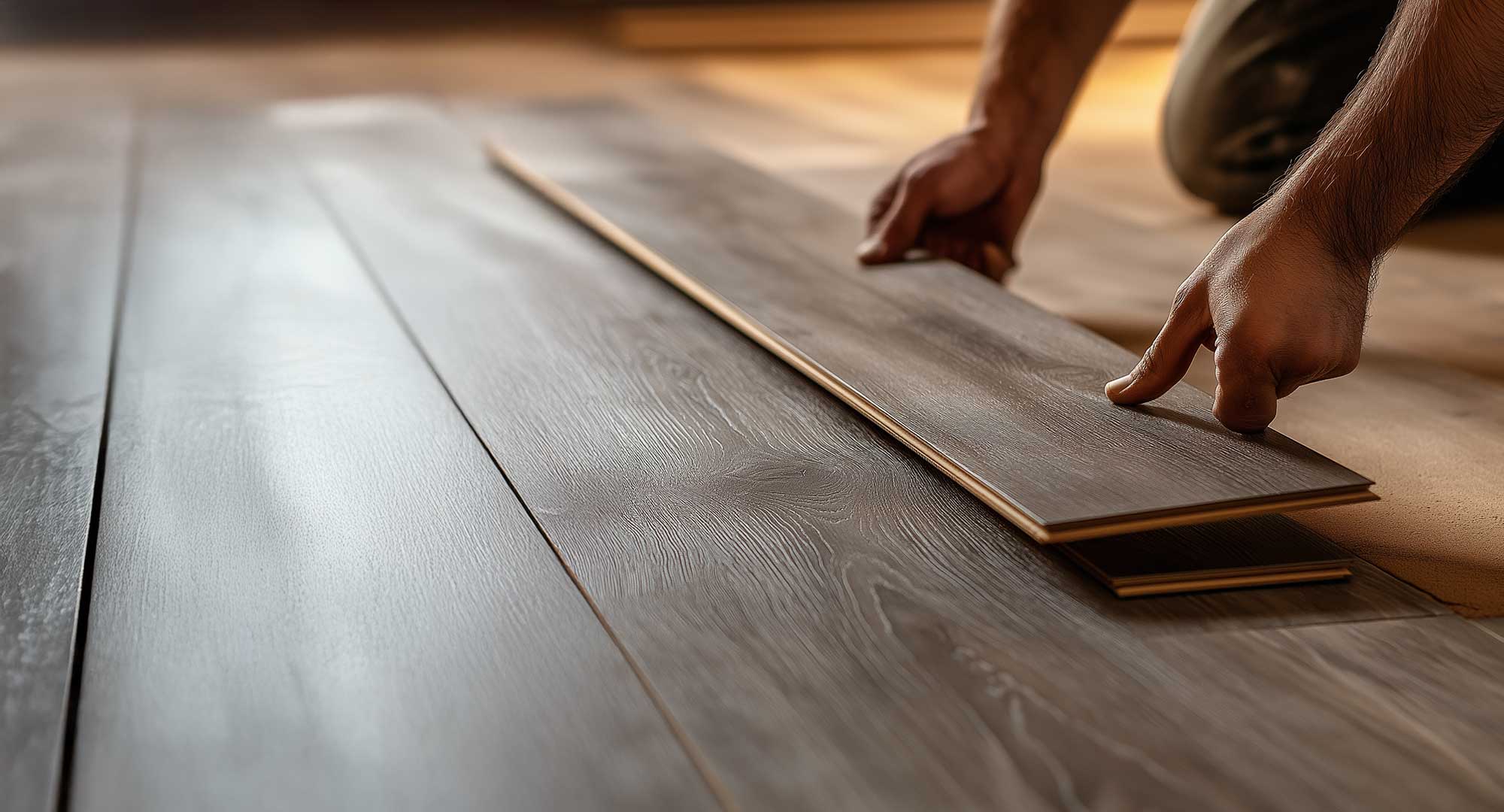
Fact or fiction? Three common misconceptions about underlays.
A good floor starts with the basics: the underlay. Yet there are persistent misunderstandings about the role and necessity of underlays. This can lead to wrong choices, with consequences for the lifespan, living comfort and even the warranty on the upper floor. Time to separate the facts from fiction!

misunderstanding 1: "no underlay required with laminate" - fiction!
Laminate is often sold as 'floating', but that does not mean that an underlay is unnecessary. An underlay prevents contact noise, provides better insulation and protects against moisture. In apartments or rooms with underfloor heating, the right underlay is even essential for comfort and achieving the required noise standards. And last but not least, a good underlay ensures stability. With laminate, the compressive strength is of great importance because the click connection, which locks the planks together, must remain in place under constant load. If the laminate does not have sufficient compressive strength, the click connection may loosen over time or become damaged due to the pressure of furniture or intensive use, for example.

misunderstanding 2: "an underlay absorbs all imperfections" - fiction!
A underlay can compensate for minor irregularities, but a floor with holes, cracks or height differences must first be leveled. Without proper preparation, floor panels can come loose or wear unevenly. A flat surface extends the lifespan of your floor and prevents additional costs in the long term.
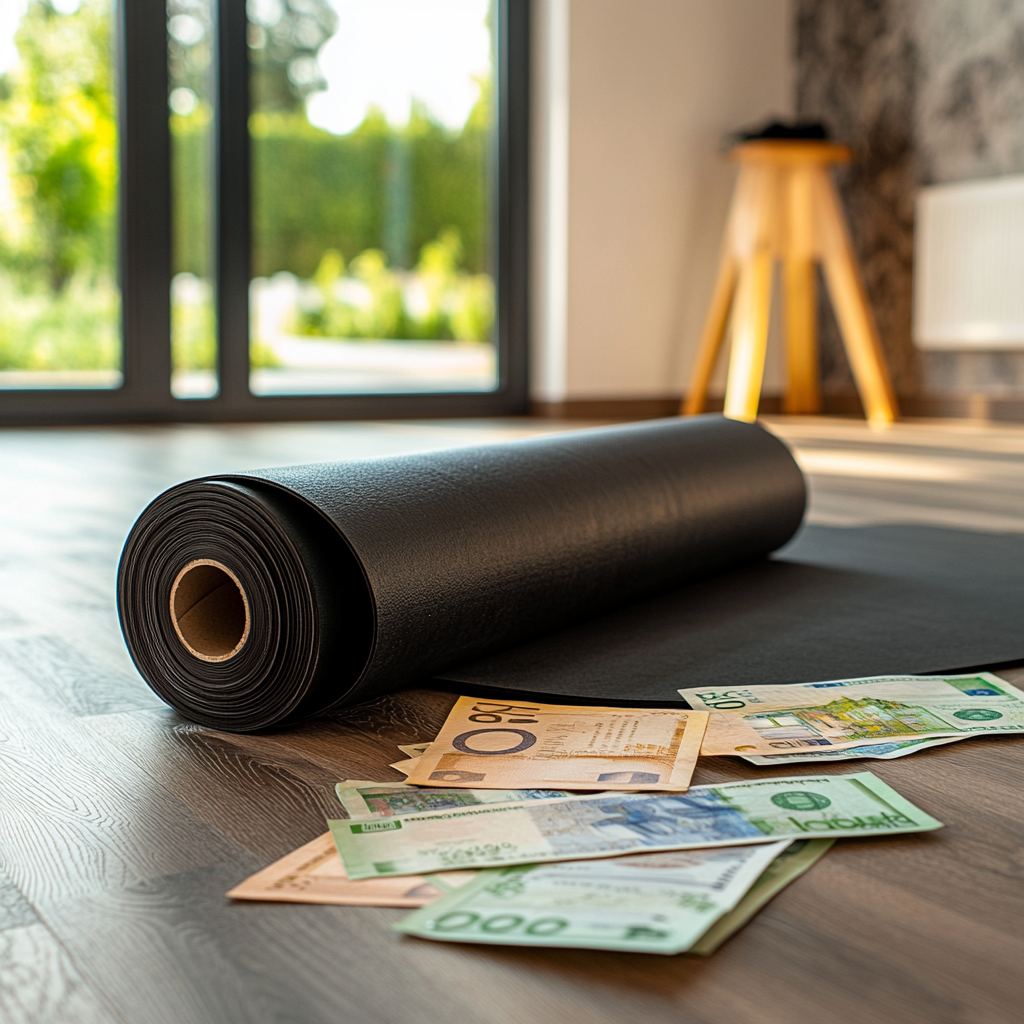
misunderstanding 3: "every underlay is the same" - fiction
There are underlays for every budget and every application. A cheap solution may seem attractive in the short term, but could ultimately lead to additional costs for repairs or replacement. A quality underlay is an investment in sustainability and living comfort. In addition, there are innovative and sustainable underlays that contribute to energy savings and acoustic comfort, which pays off in lower costs and satisfied customers.
On our news page you will find the latest updates about Estillon, innovative developments in the field of subfloors and installation products, and inspiring projects we are working on. Whether you are a professional, distributor or project manager, we will keep you informed of relevant trends and news from the industry.
News

Heatbond seam tape for crisp seams
Want a professional, lasting carpet finish? Discover how Heatbond seam tape ensures crisp seams, long-term stability and a flawless result – even in high-traffic areas.
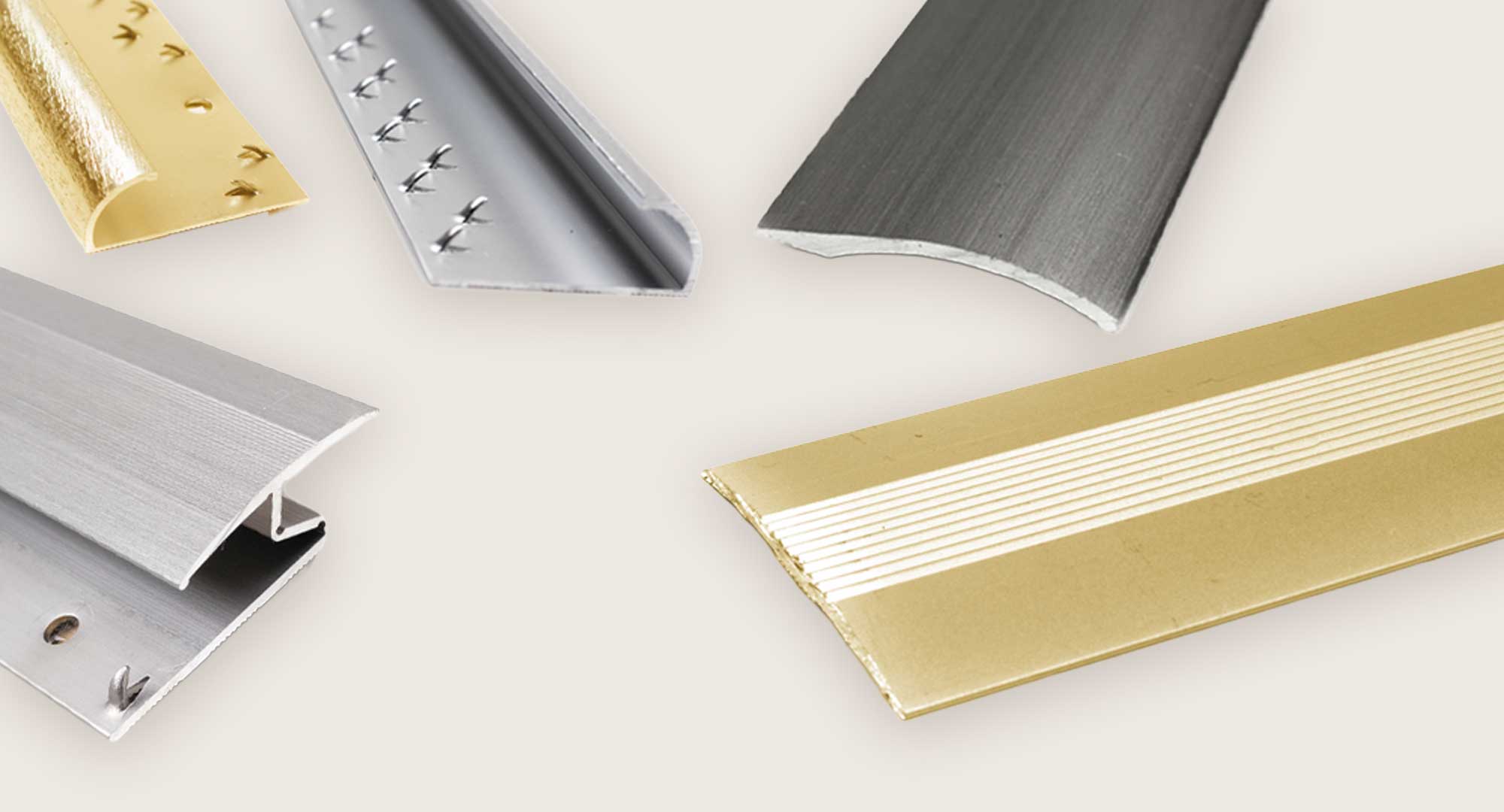
Floor profiles: Clean transitions, strong edges
Discover how the right floor profiles can transform your floor: from neat transitions to a durable finish — read the full blog about achieving a sleek floor finish!
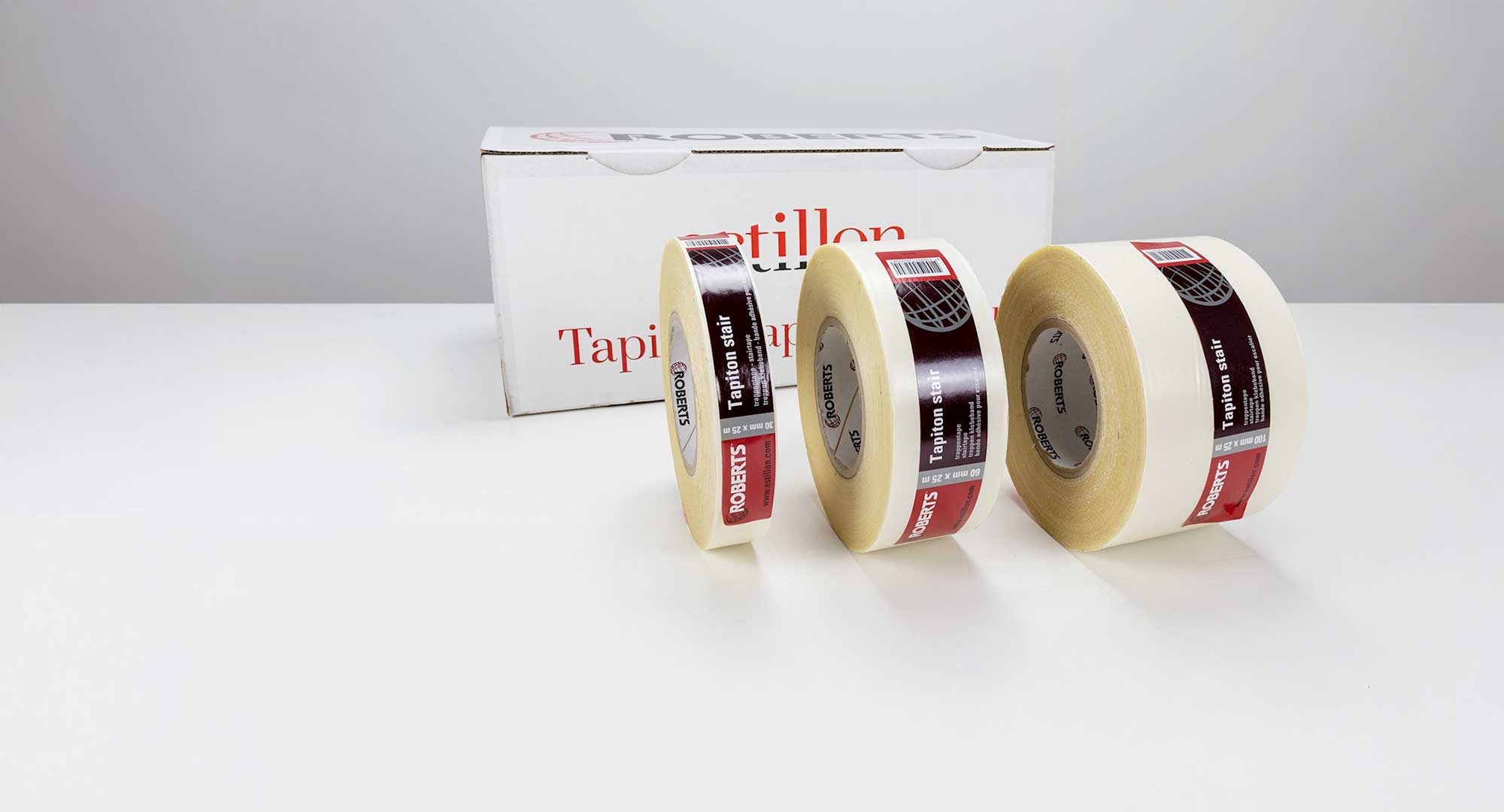
Which Tape is the Best Choice for Your Project?
Are you looking for the right tape for your specific application? In our extensive range, you’ll find the perfect tape for the most common uses.

Estillon at Cruise Ship Interiors Expo Europe 2025
Discover how Estillon makes cruise interiors quieter, more sustainable, and safer. Visit us at Cruise Ship Interiors Expo Europe, Hamburg (stand E72, 3–4 Dec 2025).

Four common misconceptions when choosing an underlay – and how to address them
Misconceptions in underlay choice lead to complaints and failure costs. Pay attention to types of sound, compressive strength, levelling and certification for a solid foundation and guaranteed delivery. Discover how to avoid these pitfalls.

Tredaire Colours Red: The ultimate underlay for soft comfort
Tredaire Colours Red is a premium 11.4 mm sponge rubber underlay designed for domestic use, offering luxurious comfort, warmth, and sound insulation (46 dB ∆LW). Ideal for bedrooms and living areas, it creates a soft, resilient base under carpets, extending their lifespan and enhancing everyday comfort. This high-quality underlay combines durability with a refined feel, making it the perfect choice for those seeking added comfort, quietness, and elegance in their home.

Tredaire underlay: Feel the difference, make the difference
Tredaire offers durable, comfortable underlays made from 100% recycled PU foam. They extend carpet life, reduce noise, and improve energy efficiency. Perfect for offices, hotels, and residential spaces. Renu leads the way: 98% recycled, CO₂-neutral, and fully recyclable. With Tredaire, you choose smart comfort and circularity — the perfect foundation for every interior project.

Tredaire: Feels like nothing on Earth
Tredaire underlays offer unparalleled comfort, luxury, and durability—unseen, yet essential. Discover the core values behind this leading brand: softness, technical expertise, sustainability, and stability. Find out why Tredaire is the top choice for homes, hotels, and commercial spaces.

The silent power beneath every carpet: Best Base underlays
Best Base collection: 6 sustainable, 100% recycled PU underlays in various thicknesses from Estillon, designed to deliver optimal comfort, insulation, and long-lasting performance beneath any carpet.
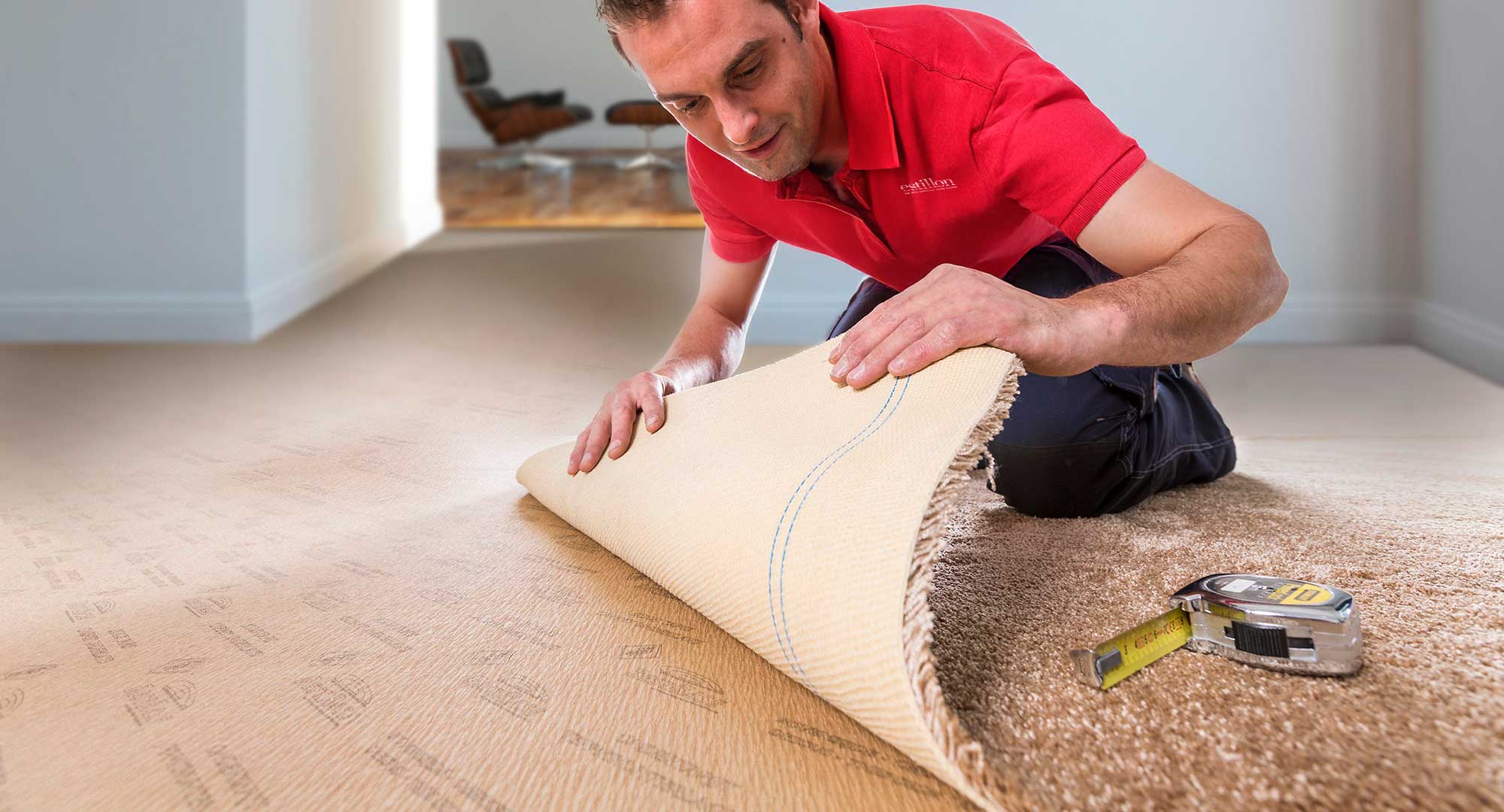
Comfort and durability with premium PU underlay
Estillon introduces the premium PU underlay: an innovative solution that combines comfort and sustainability. Made from high-quality materials with excellent thermal and acoustic insulation, this underlay is ideal for projects requiring high standards of comfort and energy efficiency. Suitable for various floor coverings and easy to install, it offers a future-proof choice for professional installers and project planners. Discover how Estillon delivers the perfect foundation with comfort and durability.
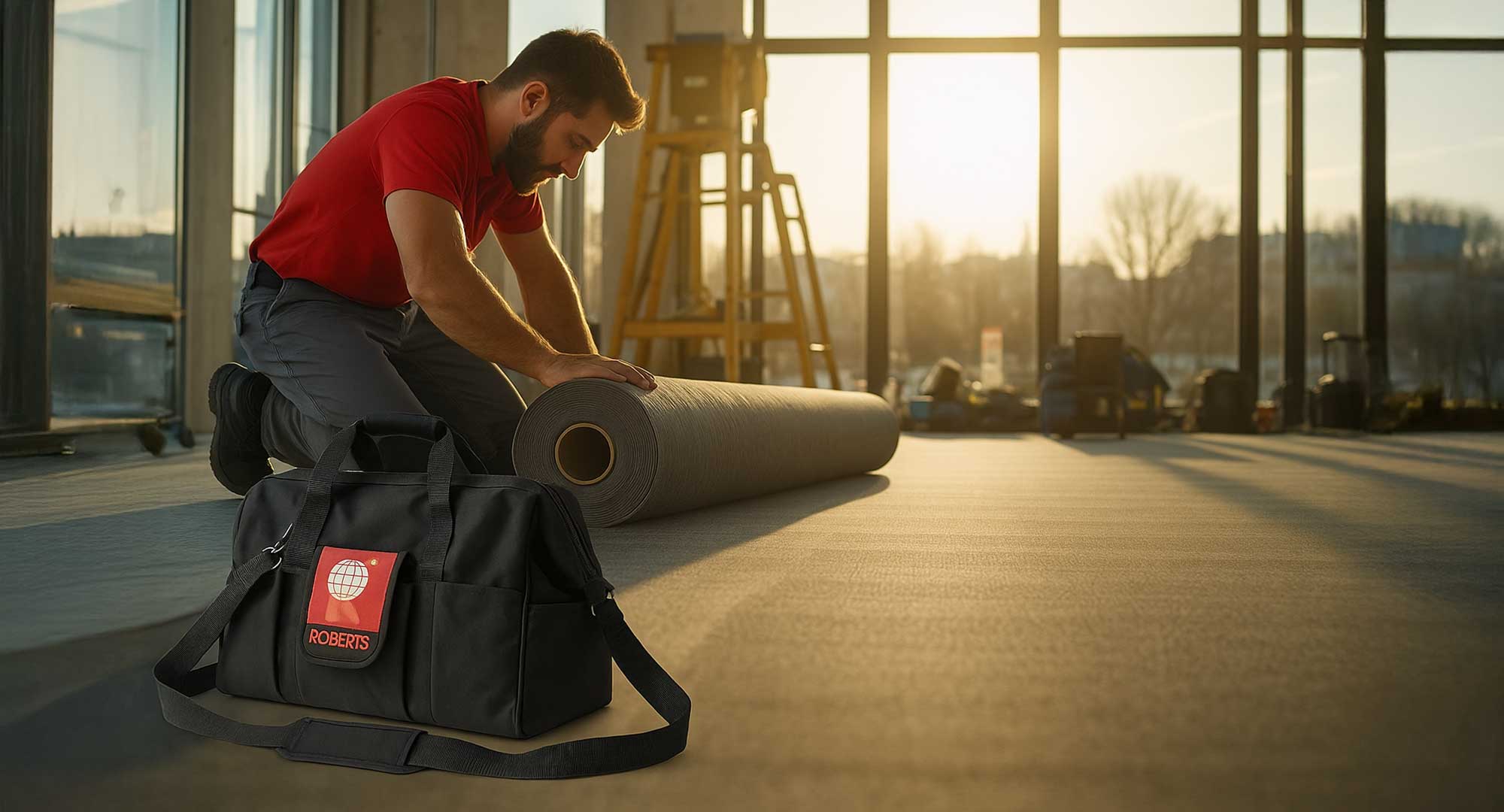
Share your project and win a filled tool bag!
Do you work with Estillon products? Then we’ve got great news: every month, you have the chance to win a well-equipped Roberts tool bag worth €230!

IMO-Certified Underlays for Maximum Safety and Performance
Estillon offers IMO-certified underlays for maritime applications. These high-quality underlays meet strict fire safety standards and deliver durable, reliable performance at sea. From lightweight, comfortable options to robust solutions for heavy use – always with maximum safety.
Search
No results found.